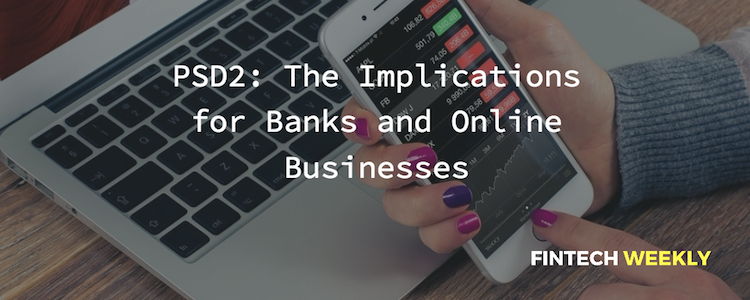What started as a convenient way to move Bitcoin from one virtual account to another has evolved. Blockchain is now a disruptive technology that’s being used by major companies and financial institutions around the world. Since this technology can be used to shift assets around the world as conveniently as sending an email, it’s no wonder that there’s been a boom in its usage in the last few years.
As stated in global software industry and emerging tech trends and research expert Shanhong Liu’s published report, blockchain technology is expected to make a massive leap in size and value, reaching €32 billion by 2025.
One of its most avid investors, the financial sector, is responsible for over 60% of the total market value. And this is an industry that relies heavily on profitable ROIs, so it’s certain that there are a lot of advantages to be gained from using blockchain technology—especially for payment systems.
Lower Costs
In the traditional payment system, funds need to be coursed through intermediaries. This means that a commission is made for every entity involved in the transaction. On the other hand, a blockchain-based payment system greatly reduces the number of intermediaries, deducting the intended commissions from the total transaction cost. This makes money transfers cheaper, as there are little to no other involved facilitators in the fund movement.
Faster Payments
For businesses that depend on cash flow to pay out suppliers and employees, speedy payments are essential. When you look at it from the point of view of the merchants, this becomes more important. In the U.S., the B2B payment cycle takes a lengthy 34 days without blockchain. This is an issue that can be erased by this technology. As mentioned in FXCM’s list of blockchain uses, the tech allows for real-time money processing and transfers even across different banks. Blockchain also eliminates the need for the payer and payee to be on the same bank's system, as the database is now shared between financial institutions.
Digital Currencies
Digital currencies are now widely used, and banks can keep up with new financial trends with blockchain. According to the European Payments Council’s 2019 report, this increase in the usage of digital currencies and cryptocurrency is linked to the growth of e-commerce. Using the technology, banks can now accept digital currency for several transactions, including online payments.
Greater Safety
Having sensitive information on paper leaves more room for data theft and other malicious activities, like check washing. Blockchain systems, while not 100% impervious to all attacks, are more fortified against breaches thanks to robust cybersecurity operations. In our interview with Rupert Spiegelberg and Armin Bauer, we talked about the stringent measures put in place for online identification: identity management, passwords, and layers of authentication. Plus, people who use digital finance are more likely to check their accounts regularly—they would immediately notice suspicious activities and possible discrepancies in their accounts.
Easier to “Know Your Customer” (KYC)
Financial institutions’ KYC spending could go up to billions, especially in countries where financial crime compliance is required like Germany (€40 billion) and France (€17 billion). KYC initiatives require companies to identify and authenticate their customers; these efforts are put in place to help reduce financial crimes and terrorist activities. With blockchain technology, these companies will have access to verified information from other companies’ databases, decreasing duplicated efforts between banks and other third-party institutions.
Conclusion
As the world at large shifts to a digital-driven lifestyle, blockchain can help streamline and progress financial technology even further. Submitted exclusively by Irene Motleyt for fintechweekly.com













